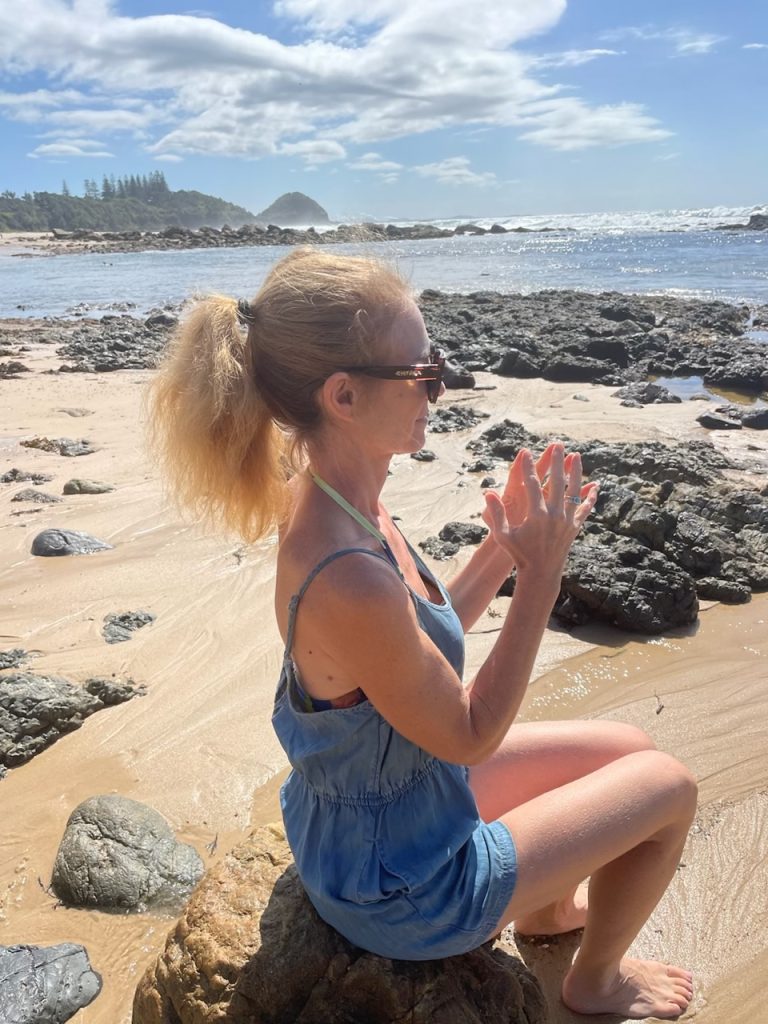Back in shape
Cradling, pushing prams, hanging out nappies, tackling car seats … it’s all new to you and your back. Here’s how to avoid any serious injuries 
By Katie Brown
Backache is one of the most common, and often forgotten, side effects of becoming a new parent. Pregnancy and birth place enormous strain on your body. And after you’ve had your baby you are likely to be lifting awkward and heavy baby equipment, juggling feeds, rocking a crying baby and stooping over washing baskets. You’re also likely to be tired and tense – so it’s no wonder your spine can suffer.
As new parents it’s important to get lots of rest and as soon as you can after the birth, begin gentle exercise such as yoga, swimming and walking to tone your muscles. It’s also a good idea to strengthen your abdomen and pelvic floor muscle, which helps to protect your lower back.
Chiropractor, Ann McCarthy says: “We need to have a healthy spine in order for the nervous system to function to its full potential, this then allows our muscles, joints and organs to work more efficiently, creating a better sense of well being – especially important for new parents.”
Ann says it’s better to be proactive rather than reactive in looking after your backs and suggests both parents have regular monthly checks with a chiropractor.
For many women backache begins during pregnancy, due to a number of factors including the release of the hormone relaxin, which softens the ligaments and muscles in the body, preparing the body for childbirth. But this can lead to instability in the pelvis and spine.
The centre of gravity shifts as the baby grows and many women adopt poor postural habits, such as overarching their lower back, rounding their shoulders and walking with their feet turned out. This can put pressure on the muscles in the back, which can pull the vertebrae out of alignment.
Labour also places pressure on the back. Ann McCarthy says: “If you have had a traumatic or long birth, or had stitches, this can cause the sacrum or pubic bone to become misaligned.”
But backache is not only physically debilitating, it is also depressing. Mum-of-three, Charmain Vasey was bedridden with backache after the birth of her daughter, Amber. She says: “I was forever stooping to pick things off the floor, gradually my back pain got worse until I could hardly move. Luckily I was okay after a couple of days in bed using a hot pack. But it was a good warning and I’m much more aware of my posture now.”
Melinda and her partner Michael are both fitness instructors. They have an eight-month-old son, Brodie. Melinda says: “I definitely do feel it in my back, because Brodie’s such a big baby.” Melinda pays attention to her posture and uses a gym ball at home to rock Brodie to sleep. She says: “We never walk Brodie up and down, we just sit on the ball, which is a great work out for us and settles him really quickly.”
Look after your back
* Ideally, you shouldn’t be lifting anything heavier than your baby in the first six weeks after your baby’s birth.
* Lift correctly: Place your feet apart, bend your knees (not your back), keep the object close to you and engage your leg muscles as you come back up to standing. Draw your abdominal muscles in and your pelvic floor up as you lift.
* Avoid unnecessary bending – use a change table and a baby bath at waist height.
* Avoid carrying your baby on your hip or in the capsule. Instead, use a stroller or baby carrier.
* In the car, avoid twisting to see your baby and be particularly careful when placing your baby in and out of the car. It’s best to have a five-door car, so you’re not stretching backwards. To get your baby in and out of the car, step one foot inside the car, so your weight is evenly distributed, engage your abdominal muscles, bend your knees and relax your shoulders as you lift.
* While feeding, use a chair which gives firm support to your back. Ann McCarthy advises placing a rolled up towel in the arch of your lower back. She suggests rolling the towel firmly and taping it to maintain the roll. Place a pillow under your baby and keep both feet flat on the floor, on a stool if necessary, and relax your shoulders!
* Try to do a few neck, shoulder and back stretches throughout the day, especially after feeding your baby. This will help to release tension and keep your spine mobile.
- If you are experiencing back pain, then you should seek help immediately. Either make an appointment with your GP, physio, chiropractor or osteopath.
And please check out the ten minute yoga routine: Back on Track
You can have a lifetime’s membership of Ten Minute Tone for just $29.95 – with online access 24/7 or purchase the DVD for just $24.95 (plus postage)
To find a chiropractor in your area call: 1800 075 003

